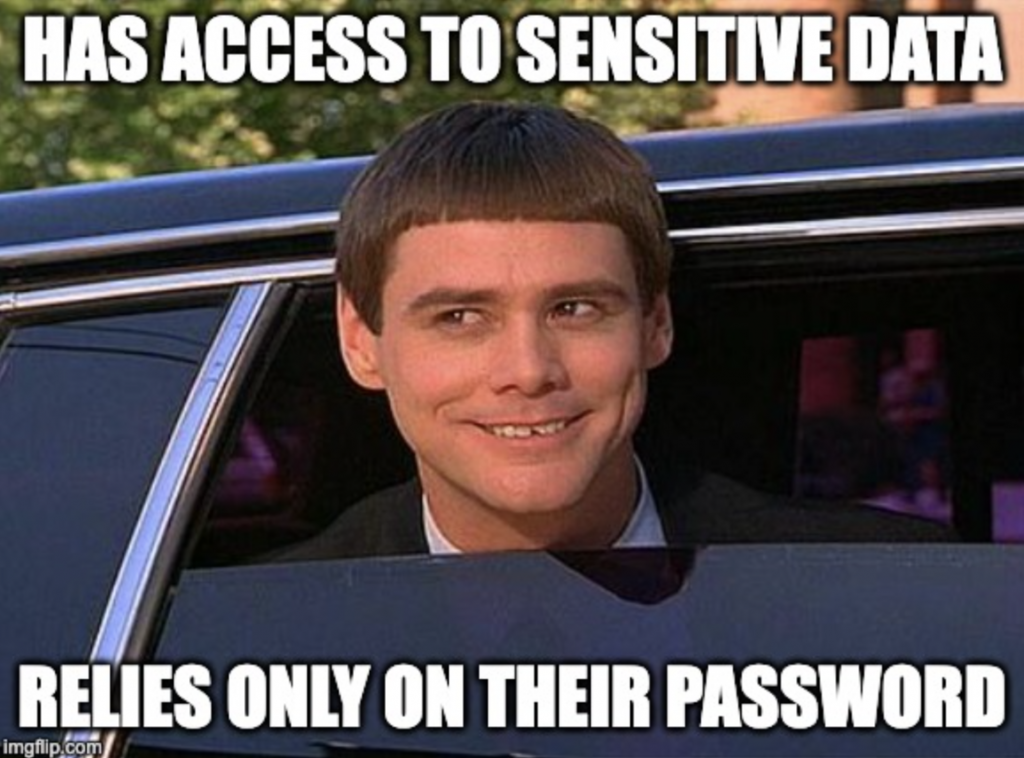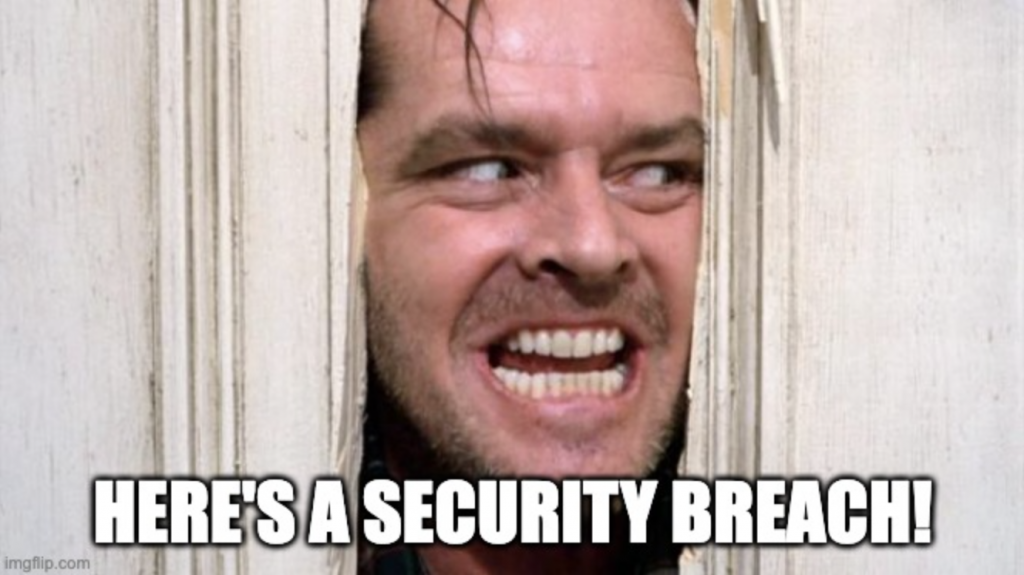It’s time to take off the rose-colored glasses. We debunk top authentication myths you (may) genuinely believe to help you move from false security to rock-solid security.
Estimated reading time: 4 minutes
Today’s reality is that everything from our morning coffee orders to bank transactions happens online. Hence, security is a hot topic. With cyber threats lurking around every corner, organizations are more concerned than ever about keeping their data safe. However, many businesses fall victim to myths surrounding authentication that can leave them feeling secure while actually putting them at huge risk.
Let’s debunk these myths and shed light on the truth!
Myth #1: “Passwords Are Enough to Keep Us Safe”
Ah, the classic belief that a strong password is all you need to secure your sensitive information… While it’s great to have complex passwords (you know, the ones with a mix of letters, numbers, and special characters), relying solely on them is like locking your front door but leaving the windows wide open. Passwords can be stolen, guessed, or compromised through phishing attacks.

The Reality: Using multi-factor authentication (MFA) is your best friend! By adding an extra layer—like a fingerprint scan or a text message code—you can significantly reduce the chances of unauthorized access. It’s like having a bouncer at the door who checks IDs before letting anyone in!
Myth #2: “Our Security Software Is All We Need”
Let’s be honest, we all love that warm and fuzzy feeling of having a top-notch security software package. But here’s the catch: security software is just one piece of the puzzle. Relying solely on it is akin to thinking a single alarm system can protect a whole mansion.
The Reality: A comprehensive security strategy combines software, employee training, regular updates, and a healthy dose of skepticism. Make sure your staff knows the latest tricks hackers use and how to spot them. After all, a little vigilance goes a long way!
Myth #3: “We’re Too Small to Be Targeted”
Small businesses often believe that cybercriminals only have their sights set on larger corporations. Spoiler alert: this is a myth. In fact, small businesses can be even more attractive targets for cybercriminals because they might not have the same level of security as their bigger counterparts.
The Reality: Cybercriminals love low-hanging fruit! No matter your size, it’s crucial to prioritize cybersecurity and implement robust authentication measures. Remember, even the tiniest acorn can become a mighty oak—or, in this case, a major security breach.

Myth #4: “Employees Won’t Fall for Phishing Attacks”
We like to think of our colleagues as savvy internet users who can easily identify a phishing email. Unfortunately, the reality is that even the most tech-savvy individuals can fall victim to these clever scams. Cybercriminals are becoming increasingly sophisticated, making their emails and websites look alarmingly legitimate.
The Reality: Regular training sessions can help keep everyone on their toes! Remind employees to double-check email addresses, hover over links to reveal their true destinations, and never share sensitive information without verifying the request. It’s like teaching them to spot a wolf in sheep’s clothing.
Myth #5: “Once We Set Up Authentication, We’re Done”
Ah, the blissful thought that once your authentication system is up and running, you can kick back and relax. Sadly, this isn’t how it works. Technology evolves rapidly, and so do the tactics of cybercriminals. If you don’t stay vigilant, your once-reliable authentication system could become outdated and vulnerable.
The Reality: Regularly review and update your authentication protocols to ensure they meet current security standards. Just like fashion trends, cybersecurity is always changing—don’t let your defenses go out of style!
Final thoughts: Time to Get Real About Security
While myths about authentication can create a false sense of security, it’s essential to confront them head-on. By recognizing these common misconceptions, you can strengthen your company’s defenses and foster a culture of cybersecurity awareness.
So, gather your team, debunk these myths together, and take proactive steps to enhance your security measures. Remember, in the world of cybersecurity, knowledge is power, and the only bad question is the one you don’t ask.
